Montana’s Tippet Rise Art Center blends culture and nature

Peter Halstead, co-founder of Tippet Rise Art Center, which opened 17 June in Fishtail, Montana, calls it 'the most beautiful place in the world'. There’s no way to know for sure, but it must be up there.
The stunning new complex, nestled into a rise in the emerald green and clay-red foothills of the area’s snow-capped mountain ranges, consists of intimate indoor and outdoor classical music venues and oversized outdoor sculpture, scattered around the rolling 11,500 acre property. Think of it as an exceptional, mega-sized cross between Storm King and Tanglewood, infused with the giant skies and head shaking beauty of Montana.
The compound’s music and art inform each other. Watching one of the small performances here (they’re capped at 100–150 people, so you feel like you’re at Halstead and his wife Cathy’s home more than a concert hall) permeates the landscape with a sense of punctuated order and majesty, particularly as they're framed by the large window behind the performers inside the Olivier Music Barn, the centre’s main music hall.
And just knowing that in the distance the landscape swallows up and enhances striking, constructed art from the likes of Alexander Calder, Patrick Dougherty, Mark di Suvero and Stephen Talasnik gives you an instinctive connection to these surroundings. Many of the pieces are quite large: three concrete sculptures literally cast out of the earth by Ensamble Studio weigh more than half a million pounds each. But they’re still dwarfed by the incalculably vast surroundings. 'You just don’t fight the scale here,' says Alban Bassuet, Tippet Rise’ director. 'It’s a losing battle.'
This is why his team switched course after hosting an architectural competition for the Olivier Barn. They decided nothing would or could compete with the infinite landscape, opting instead to give it the simplest design they could – a rusted steel clad building (albeit with world-class acoustics, hosting top performers from around the world) that echoes the area’s tawny streaks of earth and dried grass, not to mention its local vernacular. Inside, the lofty space reveals a traditional exposed timber frame construction. The outdoor venue, down a small slope from the barn, is framed in pine and topped with plywood baffles.
To maintain Tippet Rise’ close connection to the countryside, the designers buried most of its considerable infrastructure – including geothermal heat pumps, water collection, plumbing and solar panels – underground, or hid them behind earthen berms.
'It was like building a new city,' notes Bassuet. Only it’s a city dominated by art, music, and nature that feels about as far from a metropolis as you can get. 'It’s all about the visceral connection to nature and the vast landscape,' he adds.
The resulting creation, adds Cathy Halstead, breaks down the rigid, often inaccessible walls of concert halls and galleries. 'This feels like the frontier. It’s an adventure for everyone who comes here.'
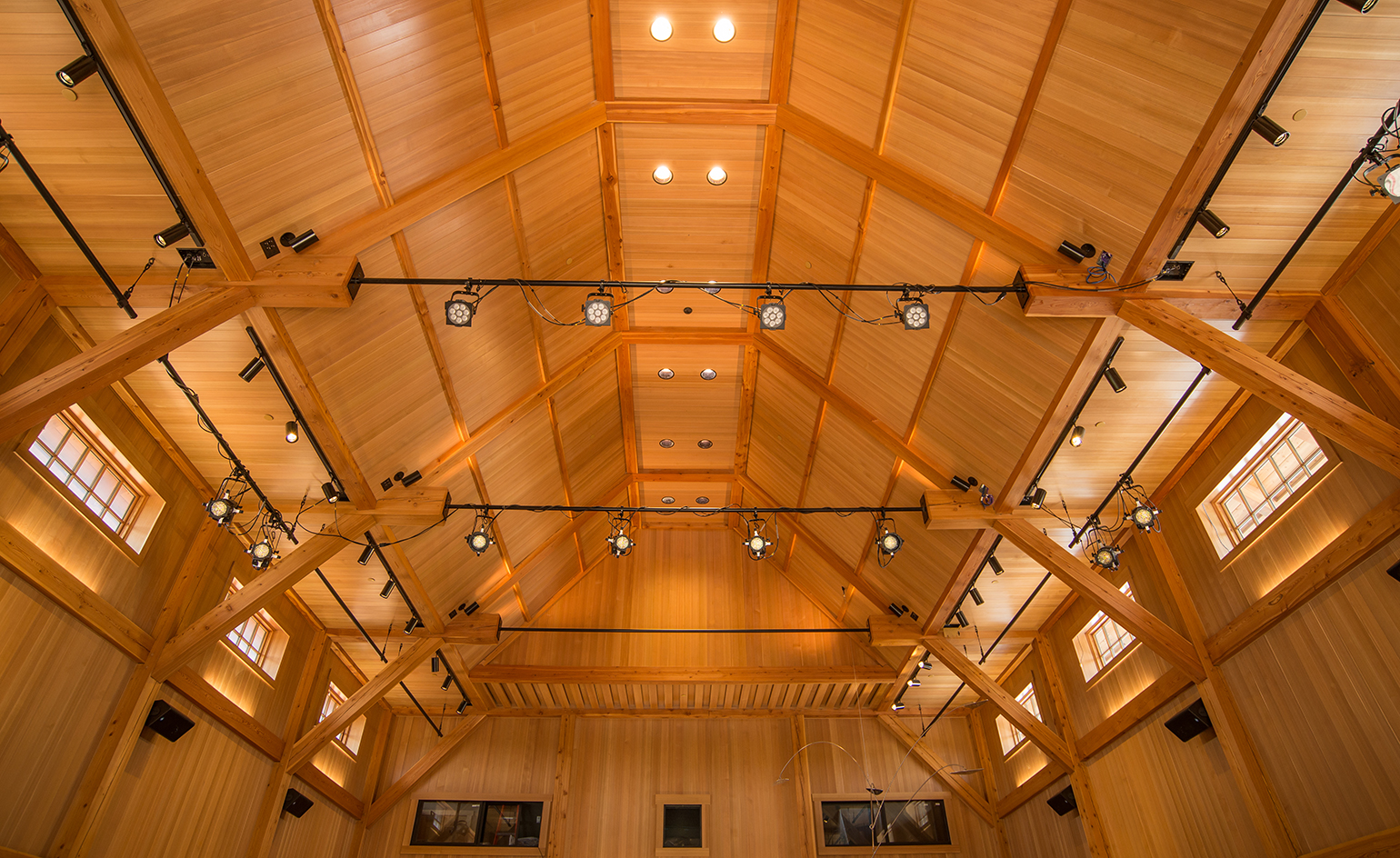
The Olivier Music Barn is the centre’s main music hall. It was designed as a rusted steel clad building so as not to compete with the natural surroundings.
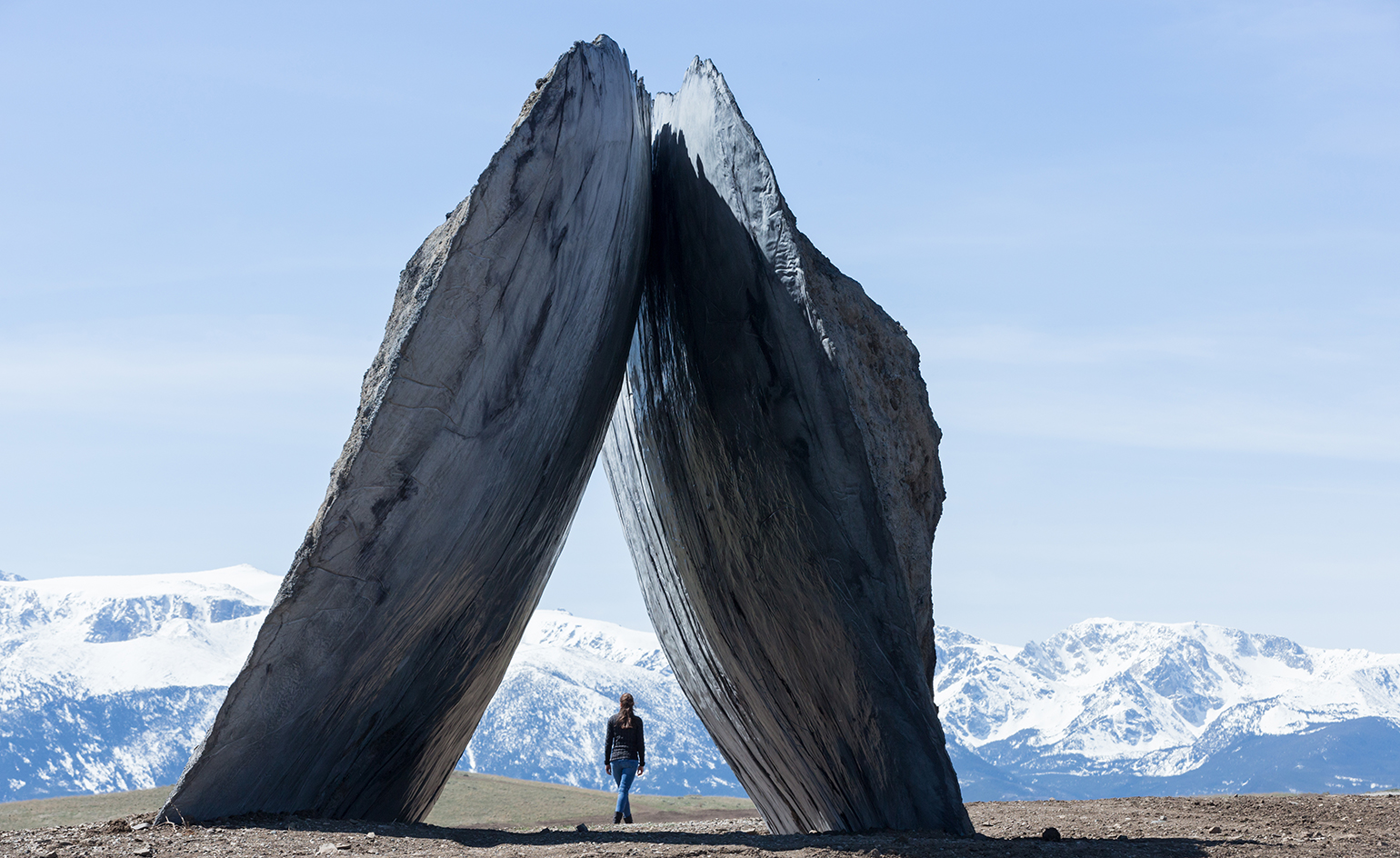
The site also has a number of impressive, large-scale outdoors sculpture pieces on its premises. Pictured: Beartooth Portal, by Ensamble Studio (Antón García-Abril and Débora Mesa), 2015.

The Tiara acoustic shell at Tippet Rise Art Center.

Alexander Calder’s Two Discs are made of regular and stainless steels.
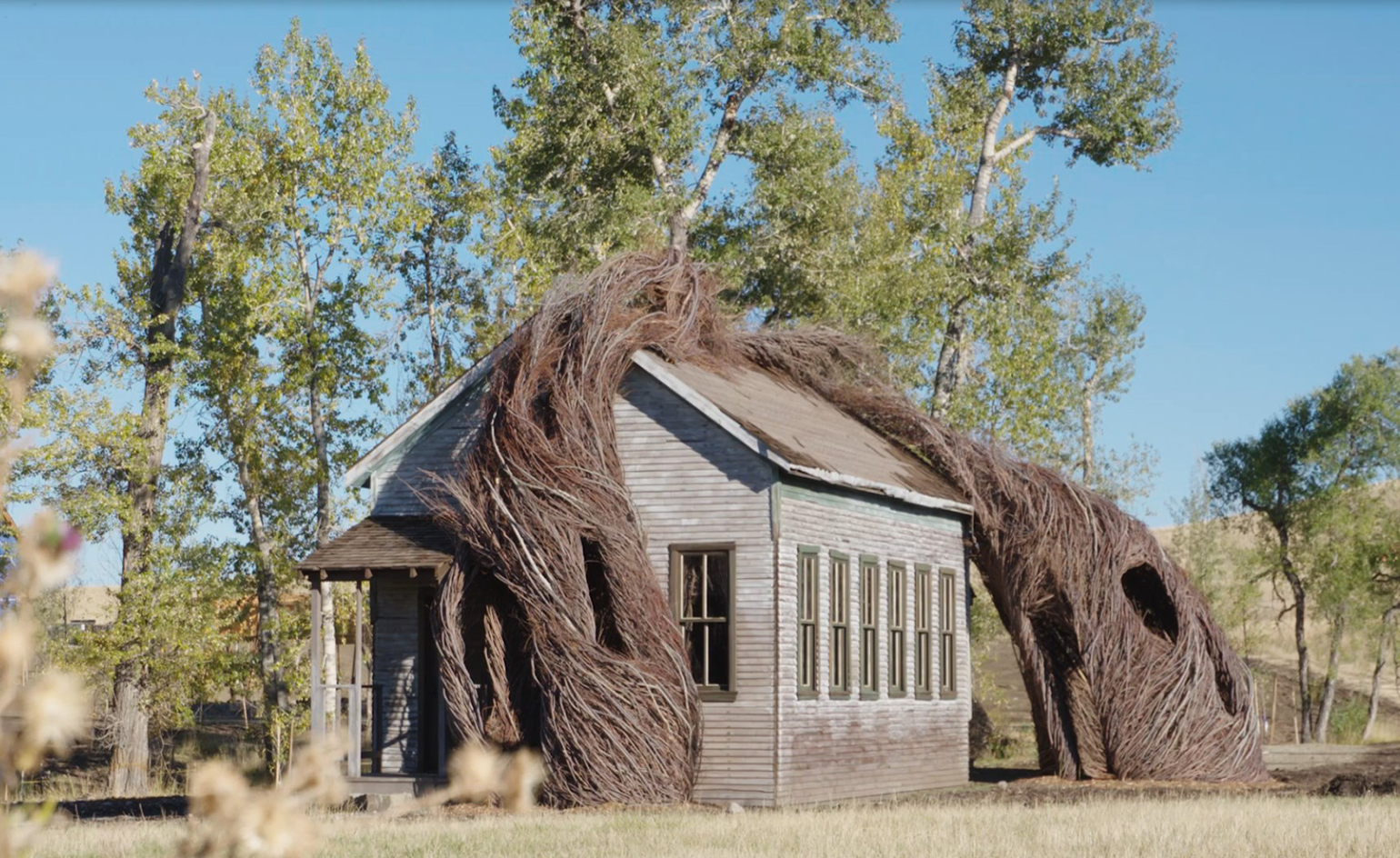
Daydreams, by Patrick Dougherty, 2015, uses locally sourced willow saplings and sticks. It sits on a school house, created in collaboration with JXM & Associates LLC and CTA architects.

INFORMATION
For more information, visit the Tippet Rise Art Center’s website
ADDRESS
Tippet Rise Art Center
96 South Grove Creek Road
Fishtail, MT 59028
Receive our daily digest of inspiration, escapism and design stories from around the world direct to your inbox.
-
 This ethereal Miami residence sprouted out of a wild, jungle-like garden
This ethereal Miami residence sprouted out of a wild, jungle-like gardenA Miami couple tapped local firm Brillhart Architecture to design them a house that merged Florida vernacular, Paul Rudolph and 'too many plants to count’
-
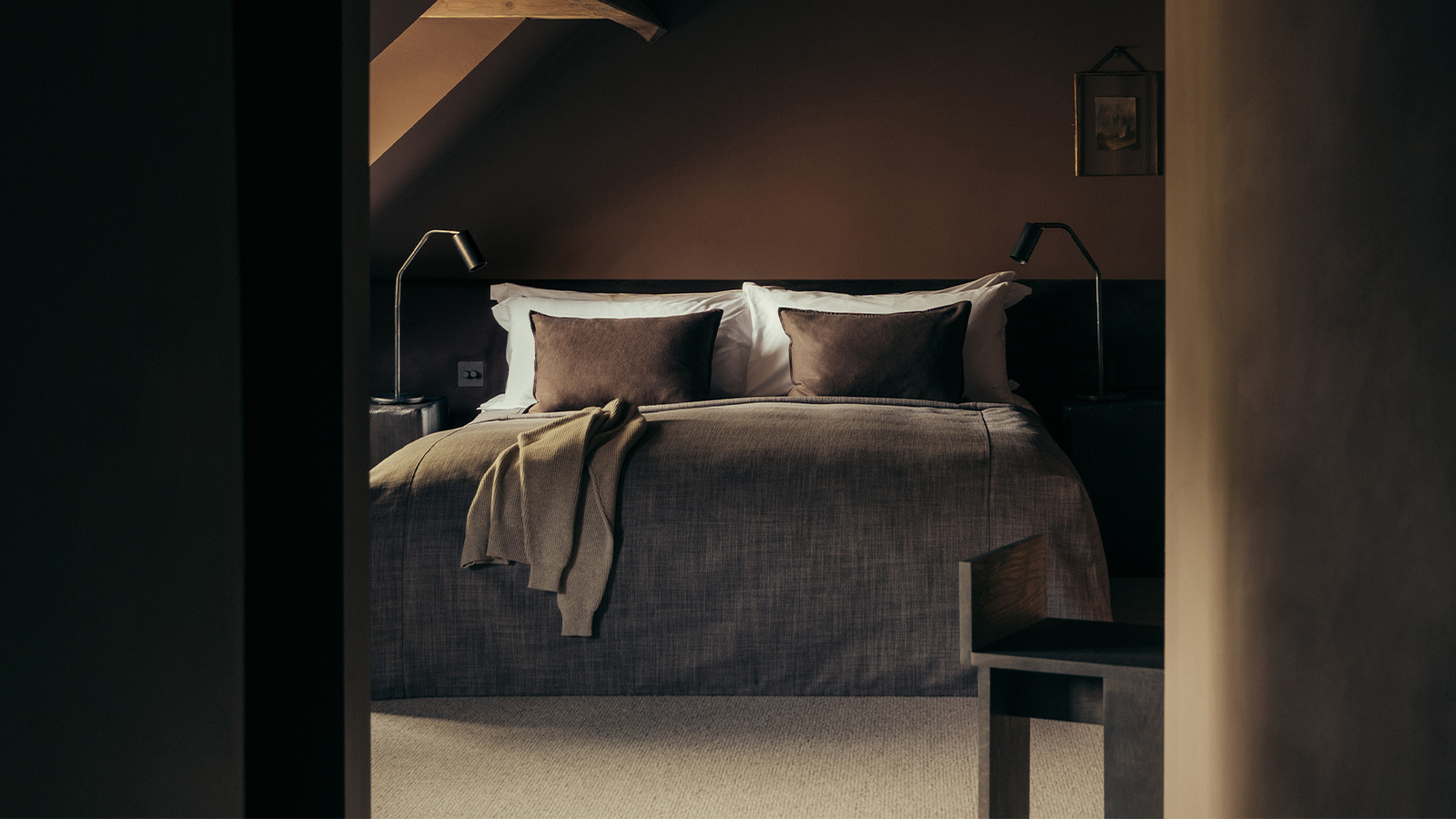 At this charming bolthole in The Cotswolds, doing nothing is an art form
At this charming bolthole in The Cotswolds, doing nothing is an art formLeave your mobile on ‘do not disturb’, switch off and slow down at this 16th-century manor-turned-hotel
-
 Out of office: The Wallpaper* editors’ picks of the week
Out of office: The Wallpaper* editors’ picks of the weekIt’s been a week of escapism: daydreams of Ghana sparked by lively local projects, glimpses of Tokyo on nostalgic film rolls, and a charming foray into the heart of Christmas as the festive season kicks off in earnest
-
 This ethereal Miami residence sprouted out of a wild, jungle-like garden
This ethereal Miami residence sprouted out of a wild, jungle-like gardenA Miami couple tapped local firm Brillhart Architecture to design them a house that merged Florida vernacular, Paul Rudolph and 'too many plants to count’
-
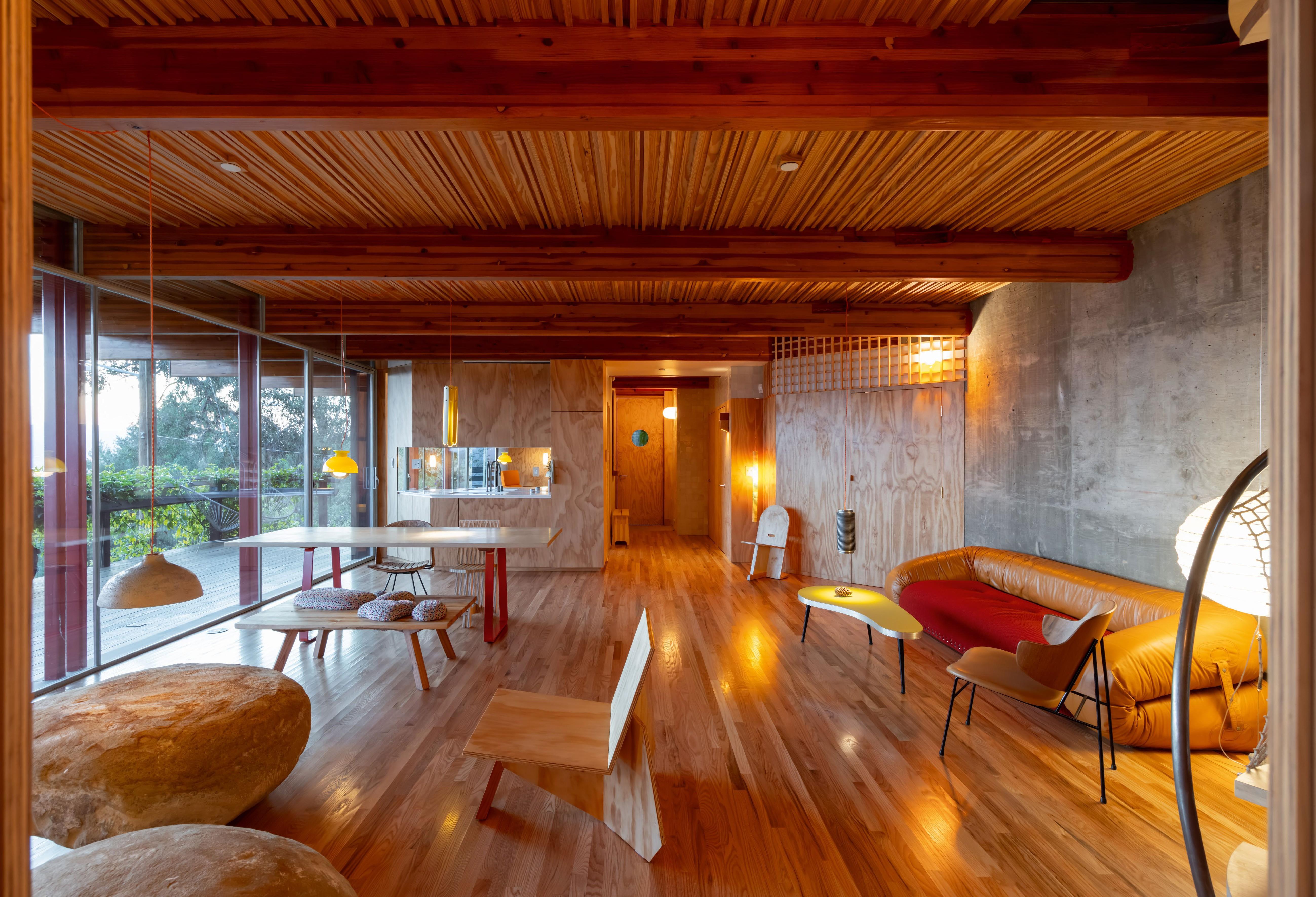 Tour Cano House, a Los Angeles home like no other, full of colour and quirk
Tour Cano House, a Los Angeles home like no other, full of colour and quirkCano House is a case study for tranquil city living, cantilevering cleverly over a steep site in LA’s Mount Washington and fusing California modernism with contemporary flair
-
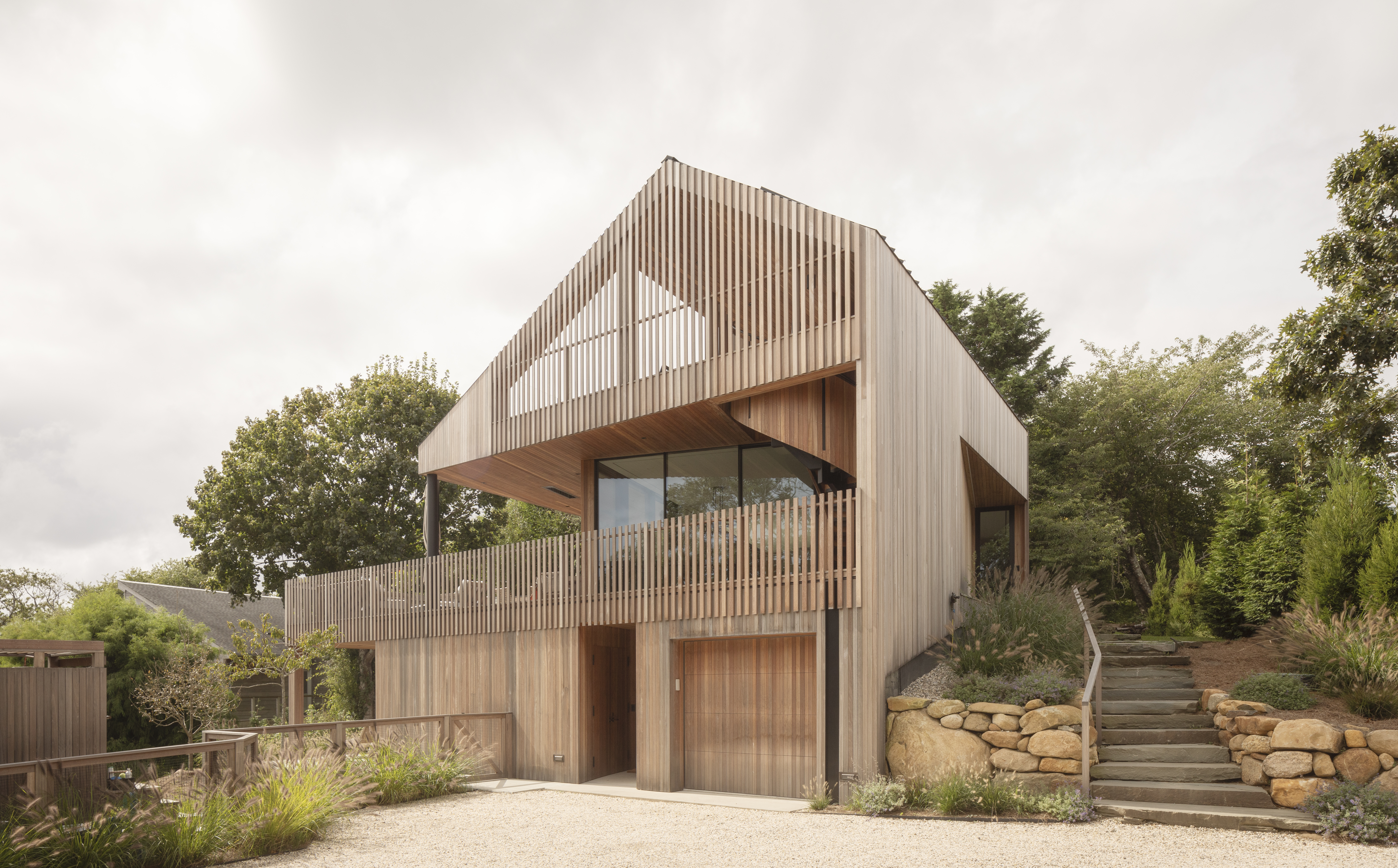 An ocean-facing Montauk house is 'a coming-of-age, a celebration, a lair'
An ocean-facing Montauk house is 'a coming-of-age, a celebration, a lair'A Montauk house on Hither Hills, designed by Hampton architects Oza Sabbeth, is wrapped in timber and connects its residents with the ocean
-
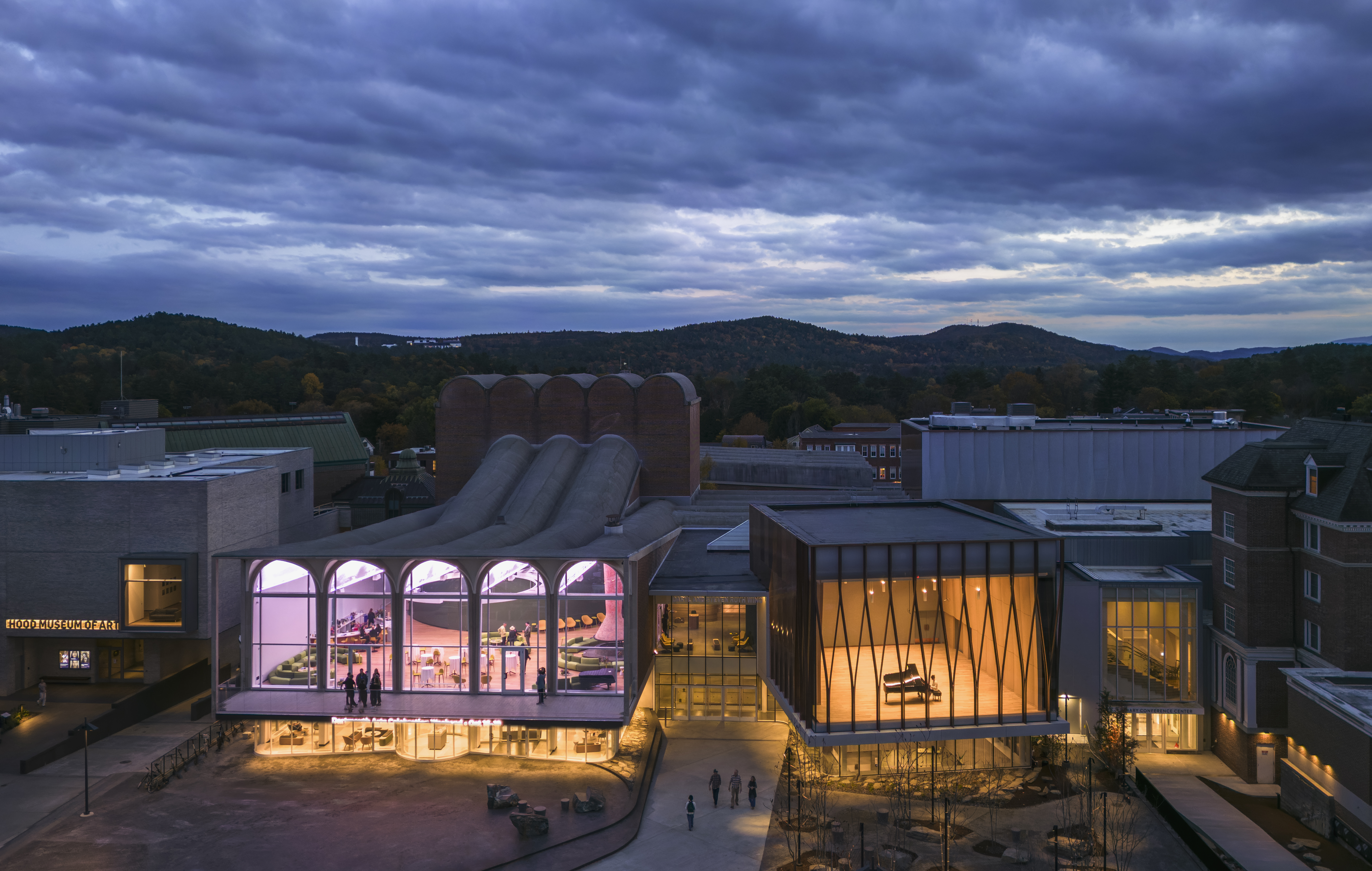 With a freshly expanded arts centre at Dartmouth College, Snøhetta brings levity to the Ivy League
With a freshly expanded arts centre at Dartmouth College, Snøhetta brings levity to the Ivy LeagueThe revamped Hopkins Center for the Arts – a prototype for the Met Opera house in New York –has unveiled its gleaming new update
-
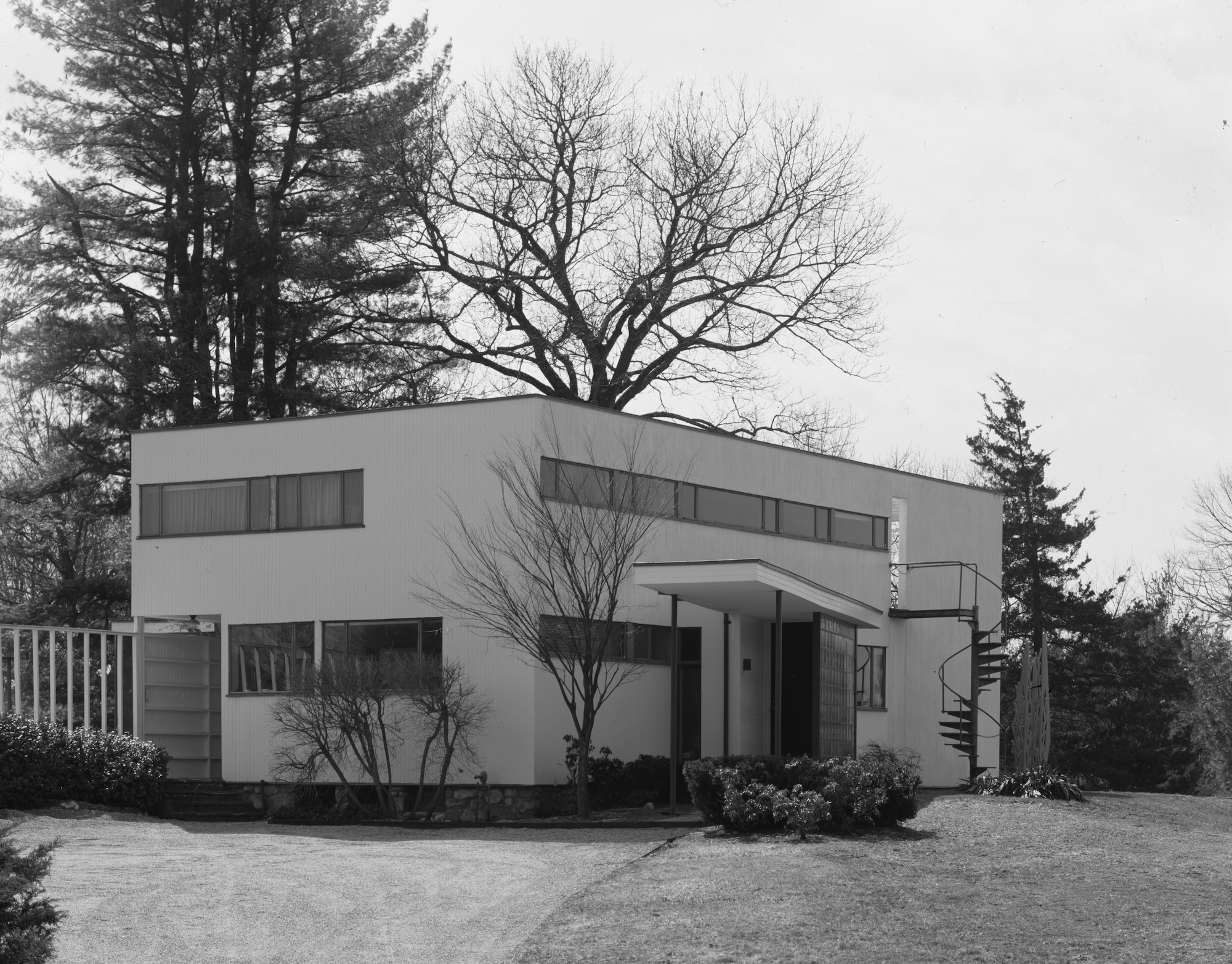 From Bauhaus to outhouse: Walter Gropius’ Massachusetts home seeks a design for a new public toilet
From Bauhaus to outhouse: Walter Gropius’ Massachusetts home seeks a design for a new public toiletFor years, visitors to the Gropius House had to contend with an outdoor porta loo. A new architecture competition is betting the design community is flush with solutions
-
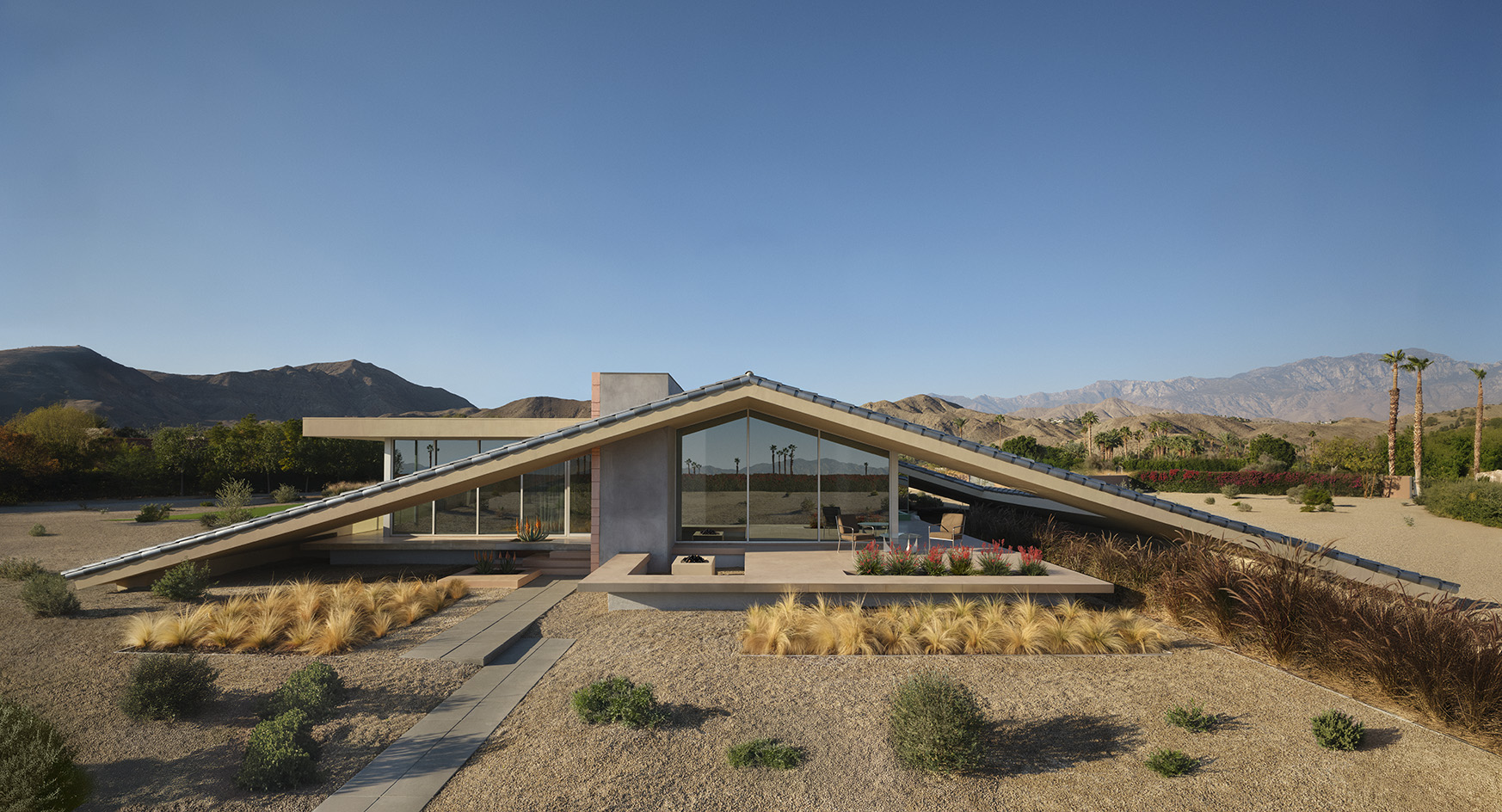 Robert Stone’s new desert house provokes with a radical take on site-specific architecture
Robert Stone’s new desert house provokes with a radical take on site-specific architectureA new desert house in Palm Springs, ‘Dreamer / Lil’ Dreamer’, perfectly exemplifies its architect’s sensibility and unconventional, conceptual approach
-
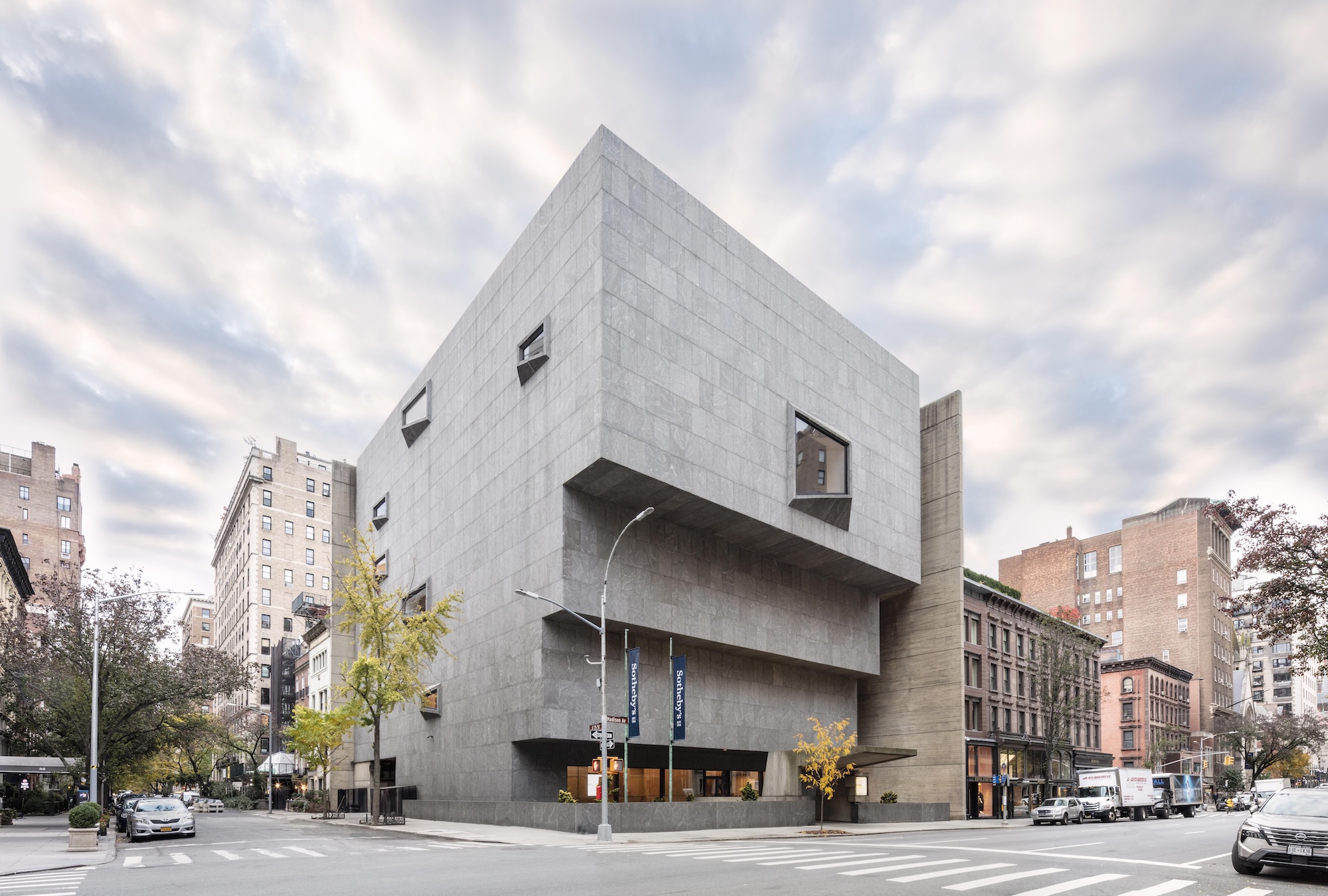 New York's iconic Breuer Building is now Sotheby's global headquarters. Here's a first look
New York's iconic Breuer Building is now Sotheby's global headquarters. Here's a first lookHerzog & de Meuron implemented a ‘light touch’ in bringing this Manhattan landmark back to life
-
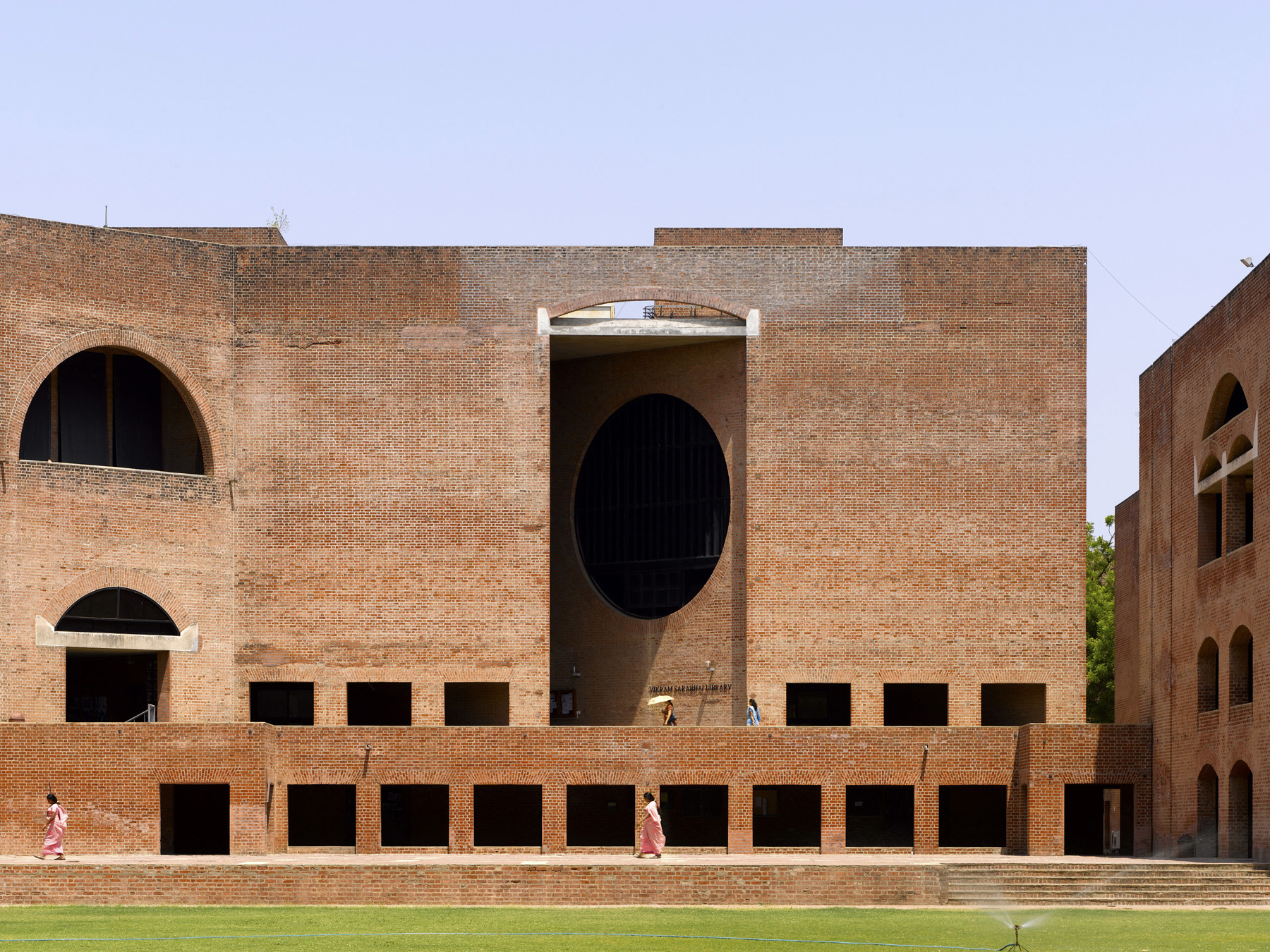 Louis Kahn, the modernist architect and the man behind the myth
Louis Kahn, the modernist architect and the man behind the mythWe chart the life and work of Louis Kahn, one of the 20th century’s most prominent modernists and a revered professional; yet his personal life meant he was also an architectural enigma